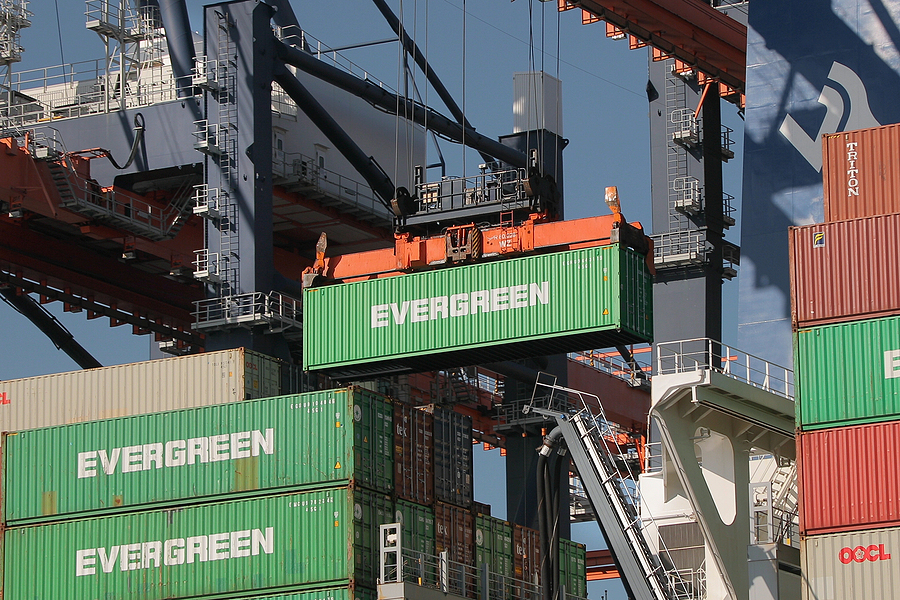In today’s fast-paced world, efficiency and optimization are not just buzzwords but the bedrock of successful operations, particularly in the logistics and supply chain sectors. Among the myriad tasks that define this landscape, container unloading stands out as a pivotal, though often underestimated, cog in the wheel of commerce. This article dives into the essence of container unloading, shedding light on its complexities and the innovative practices making this task more manageable and efficient.
Understanding the Intricacies of Container Unloading
At first glance, unloading containers might seem straightforward. However, the reality is far from simple. It involves meticulous planning, coordination, and execution to ensure that goods are unloaded safely, efficiently, and in a manner that preserves their integrity. This process is not only about moving items from point A to point B but also about adhering to safety protocols, managing time effectively, and optimizing space both within the container and in the storage facilities.
Innovations in Container Unloading Practices
As industries evolve, so do the methodologies employed to tackle routine operations. Container unloading has seen its fair share of innovation, with technologies and strategies being developed to streamline the process. Automated unloading systems, for instance, have revolutionised how businesses approach this task, enabling faster turnaround times and minimizing the risk of damage or injury. Similarly, advanced planning tools help logistics managers optimize container space utilization and unloading schedules, ensuring a seamless flow of goods from ship to shore to storage.
The Human Element: Skill and Precision in Unloading
Despite technological advancements, the human element remains irreplaceable in container unloading. Skilled professionals who understand the nuances of handling different types of cargo are invaluable. Their expertise ensures that even in the absence of advanced tools, the unloading process can be carried out efficiently. Training and skill development are, therefore, crucial aspects of improving container unloading practices, underscoring the need for continuous learning and adaptation within the workforce.
Safety First: A Non-Negotiable Aspect of Container Unloading
Safety cannot be overstated in the context of container unloading. The process involves heavy lifting, machinery, and the movement of goods that could potentially pose risks to human health and safety. Adhering to safety protocols and investing in safety equipment are imperative to prevent accidents and ensure a smooth operation. This aspect ties back to the human element, highlighting the importance of training and awareness among personnel involved in the unloading process.
Optimizing Your Operations with Expert Container Unloading Services
For businesses looking to enhance their operational efficiency, turning to expert container unloading services can be a game-changer. These services offer not only the manpower but also the expertise and technology to handle container unloading with precision. Whether dealing with bulk goods, fragile items, or time-sensitive cargo, professional unloading services can tailor their approach to meet specific needs, ensuring that goods are handled appropriately from start to finish.
In conclusion, container unloading is a complex yet critical component of the logistics and supply chain management process. It demands a balanced approach that combines technology, human skill, and a steadfast commitment to safety. By embracing innovative practices and prioritizing the development of skills and safety measures, businesses can significantly improve their unloading efficiency, ultimately contributing to smoother operations and higher customer satisfaction. As we look towards the future, the evolution of container unloading practices will undoubtedly continue to play a key role in shaping the efficiency of global trade and commerce.
